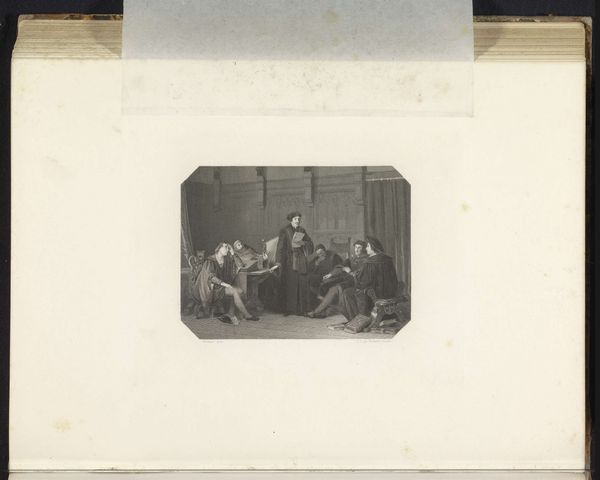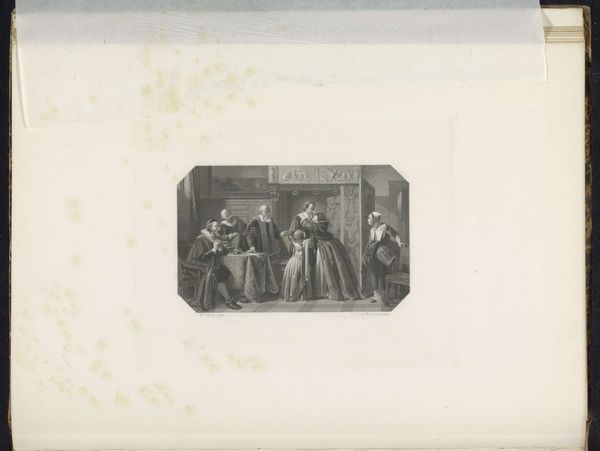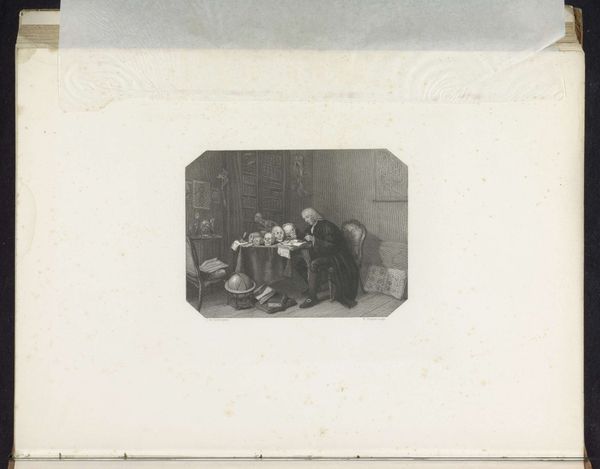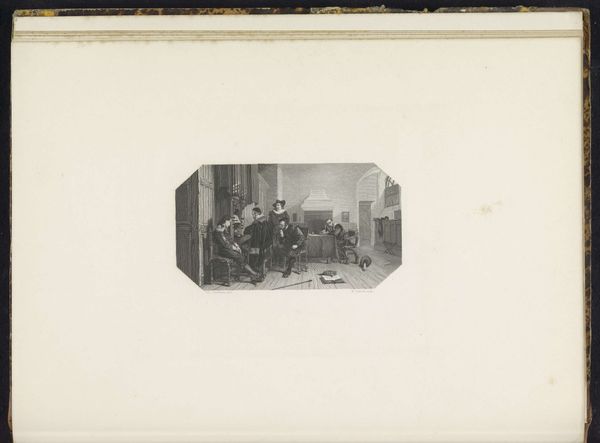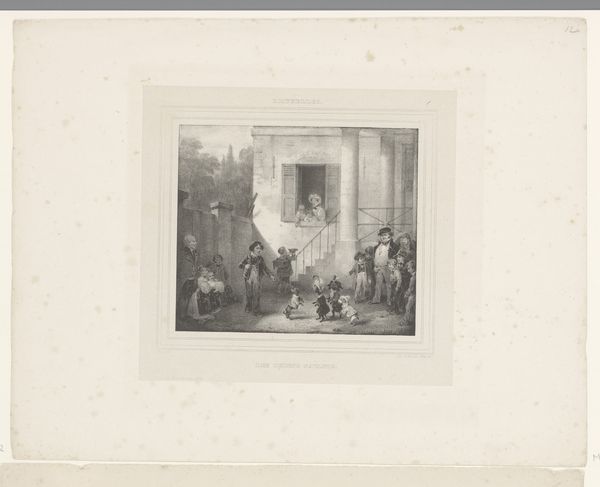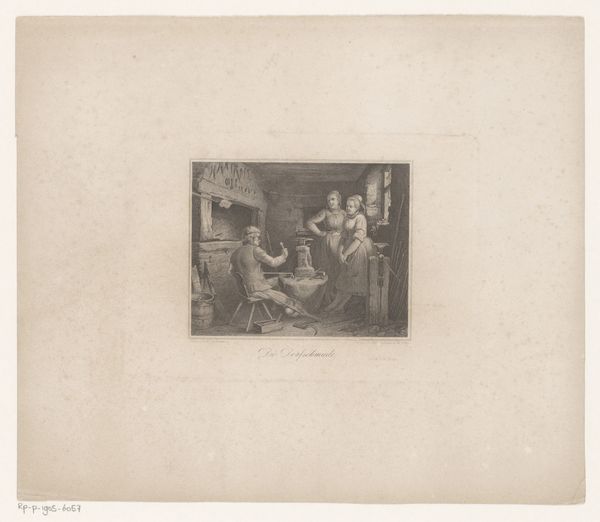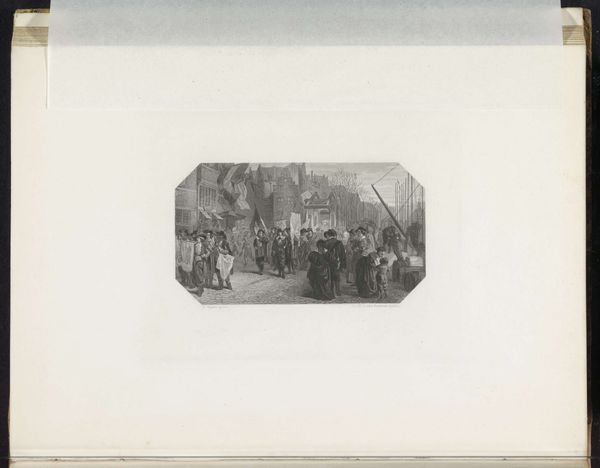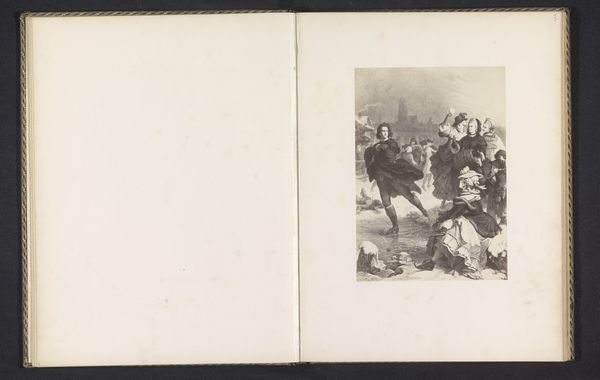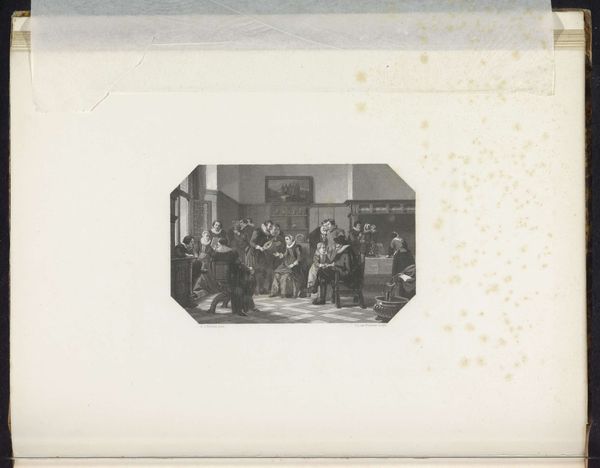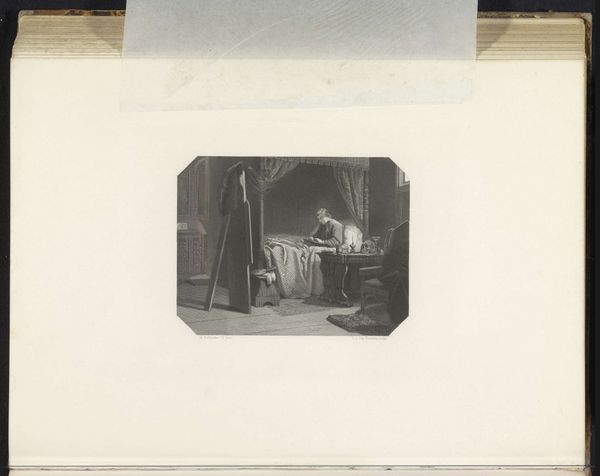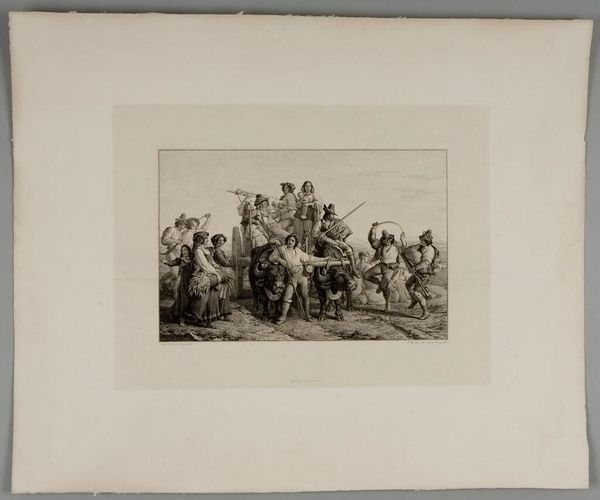
print, engraving
#
narrative-art
# print
#
group-portraits
#
history-painting
#
engraving
#
realism
Dimensions: height 190 mm, width 240 mm
Copyright: Rijks Museum: Open Domain
Editor: So, here we have "Het Verbond der Edelen, 1565," by Willem Steelink, made between 1865 and 1870. It's an engraving, and it depicts what looks like a tense meeting. What do you see in this piece in terms of its historical significance? Curator: This engraving, like many historical prints of the 19th century, reveals more about the time of its *creation* than the era it depicts. Steelink, working nearly 300 years after the event, portrays the "Compromise of Nobles," a pivotal moment in the lead-up to the Dutch Revolt. Consider the power dynamics: who is included in the group, who seems to lead, and what does their clothing and posture suggest about their social standing? These details are deliberately chosen and speak volumes. Editor: That’s interesting. I hadn’t thought about it as a 19th-century interpretation as much as a record of something from the 16th century. The figures look very deliberately posed and idealized; do you think that has anything to do with shaping a specific narrative for the Dutch public in Steelink’s time? Curator: Precisely. In the 19th century, with a growing sense of Dutch national identity, historical events like the Dutch Revolt became crucial for constructing a shared past. This print wasn't just about information, it was about inspiring patriotism. How does it shape public perception of Dutch identity by framing this moment of defiance against Spanish rule? Is it simply an accurate record, or propaganda? Editor: So, viewing it through that lens, the rather staged quality makes much more sense. It’s designed to evoke a sense of righteous rebellion. It makes you wonder how “true” it is to the actual historical event. Curator: Indeed. By looking at the print through the lens of its own time, we can gain a much deeper understanding of its cultural role and its connection to the socio-political context. It certainly reshapes the way I look at what I thought was just a historical document. Editor: I agree! Thank you; it really opened my eyes to the public function of history.
Comments
No comments
Be the first to comment and join the conversation on the ultimate creative platform.
